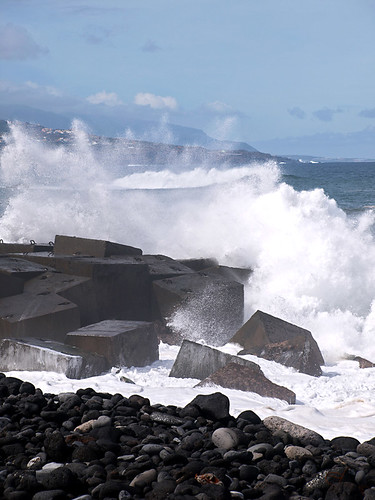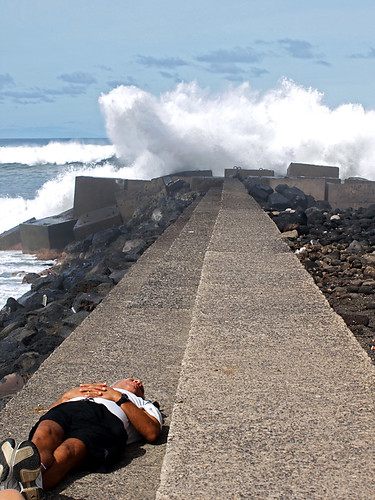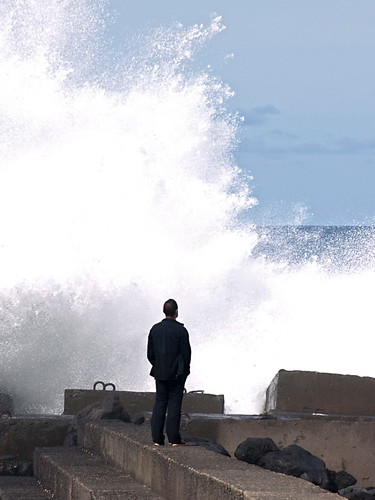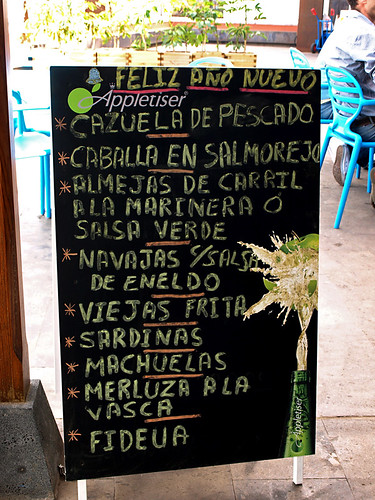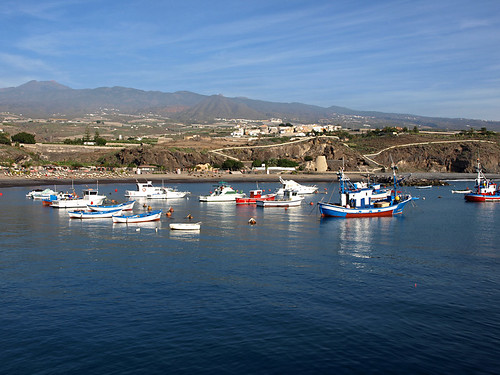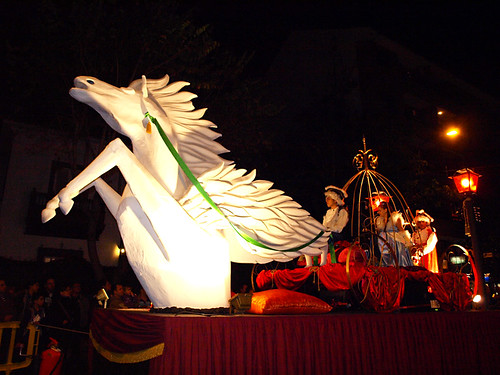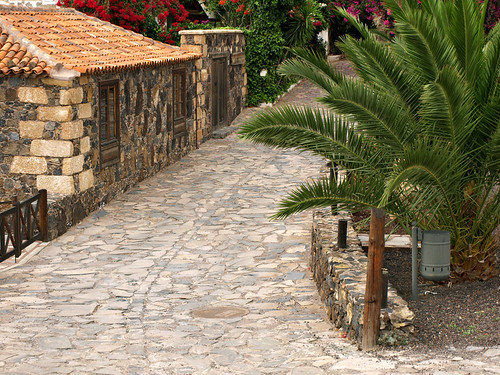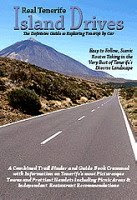You’re about to visit somewhere like Puerto de la Cruz, Garachico or Bajamar/Punta de Hidalgo and happen to stumble across weather reports talking about yellow and orange weather alerts for wild or rough seas in the north of Tenerife.
The excitement that had built up thinking about escaping Blighty for somewhere much, much warmer drains away and you kick yourself for choosing the north of Tenerife instead of the south.
If that's the case don’t be too disheartened, I’m going to share a bit of information that even some people who live on Tenerife don’t know. Weather alerts for costeros, as they’re called by the Spanish Meteorological Office, doesn’t mean bad weather in the way you may think; often it doesn’t even mean wild seas as some believe.
On days when we have alerts for costeros, the weather on land can be sunny and warm and even the sea can be relatively calm…except where it meets the shore that is.
Most of the time the alert only involves huge Atlantic rollers that create waves of anything up to 8 metres in height. One of these even has a name – El Bravo - and word of its pending arrival attracts surfers from all over Europe to Punta Brava where the monster wave seems to always attack.
Alerts are common at this time of year and the sea can give Tenerife’s coast, especially in the north, a right old pounding. But, unless you were planning on spending most of your time in the water, the chances are that these types of weather alerts won’t impact on your holiday.
For sunbathers, it does mean keeping one eye out for a rogue wave…and not laying out your towel too close to the shoreline unless grabbing your belongings and making a dash for it with the sea on your tail is your idea of fun.
Lifeguards are excellent at spotting a big one from way off and will warn sunbathers if they think a wave is going to come further up the beach than is usual.
In the north of Tenerife we tend to view these huge waves as something to be enjoyed…from a distance (unless you’re a surfer). Watching this incredible force of nature is mesmerising and there can be a temptation to get as close as possible to where they break to get that ‘killer’ shot. And I use the term ‘killer’ very deliberately. Every time we have these alerts hordes of people ignore the police tape on the sea wall to get that little bit closer and every year people are swept off the wall.
Employ common sense and a healthy respect for the sea and you’ll find that being in Tenerife when there’s an alert for costeros doesn’t ruin your holiday.
Quite the opposite in fact; as well as warm weather you’ll get to see some spectacular shows courtesy of Mother Nature as a bonus.
Say Halo Halo Halo For Saintly Memories
1 month ago
